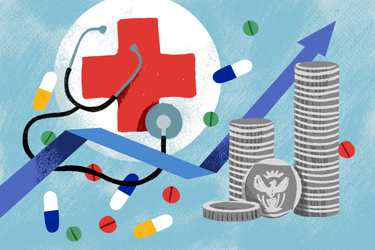CFOs and CMOs get better insights into medical spending through HSI’s Medical Spend Analytics.
Payers, ACO, and self-insured employers don’t have a great insight into their medical spending – what accounts for year-over-year change. Without such insights, leadership cannot identify areas to target to manage costs and outcomes.
Health Sigma’s AI-driven Medical Spend Analytics to the rescue:
Health Sigma (HSI) has applied its Claims Analytics platform capabilities to this problem. HSI’s AI-driven claims analytics analyzes historical claims to parse out components impacting the spend and quantify their impact.
For a regional health plan, HSI conducted the analysis. The data below shows the payer’s reimbursement to one of its hospitals. While the year-over-year reimbursement to the provider reduced from $27.26M in 2018 to $25.53M in 2020, deeper dive analysis shows that most of the decrease in reimbursement is due to reduce claim volume.
HSI Claims Analytics Results:
HSI further normalized the data by claim volume to quantify the impact of reimbursement rate increases and case-mix (member risk).
Insights:
- Member-risk reflected in case-mix has been increasing year-over-year. 2019 saw a 4.9% increase in the utilization of higher-cost services (normalized for rate increases and membership changes). The same metric for 2020 was 19.5% – unsustainably high.
- Provider rate increase impact: While the impact of provider rate increases was a reasonable 3% in 2019, it was 7.7% in 2020. The provider contracting team needed to do a better job of rate negotiation as the effective rate increase (across all services and accounting for utilization levels) was 7.7%.
